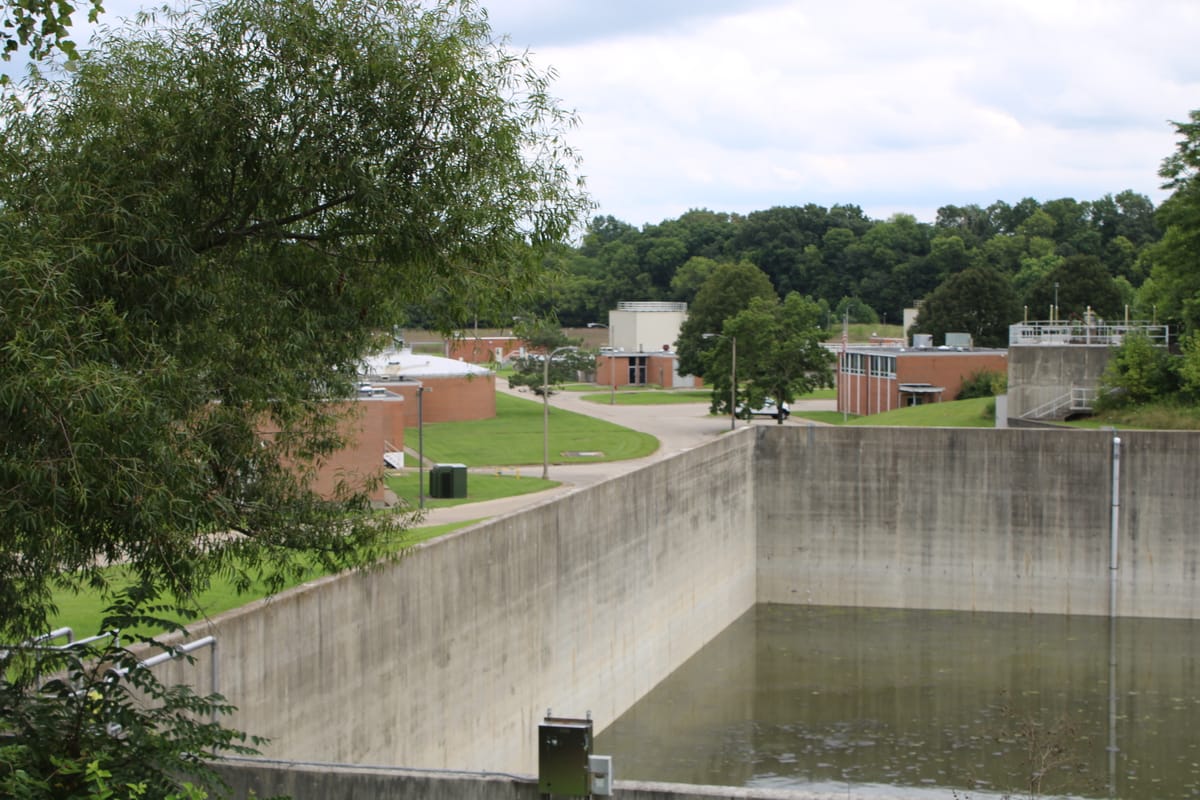Oxford proposes largest capital improvement plan in city history
The city's plan, which will be finalized in November and is still subject to revisions, includes $18.9 million in funding for improvements to the water treatment plant.

The City of Oxford presented its latest proposed capital improvement and equipment plan (CIP) during a work session on Sept. 9, outlining a projected $76.44 million in expenditures over fiscal years 2025-2029. This marks the largest capital improvement plan in the city’s history.
The plan allocates $66 million for capital improvement projects and approximately $10 million for equipment. Major investments in the plan are focused on water quality improvements, the Oxford Area Trail System (OATS) and public infrastructure.
Smaller projects will be funded through tax revenue, while larger initiatives will rely on loans and grants. Some of the costs listed in the CIP are estimates for projects that the city has not yet requested proposals for.
Half of the proposed spending is slated for fiscal year 2025, with its biggest projects including $18.9 million on water treatment plant improvements, $6.6 million for OATS Phase V East-West connecter, $5.7 million for a biotower media replacement and just under $1 million for electric vehicle charging stations.
The $18.9 million investment in the water treatment plant is the city’s largest to date for water system improvements. The updated facility will soften the city’s drinking water and remove limescale-causing chemicals, such as calcium and magnesium. The improvements will also help to eliminate per- and polyfluoroalkyl substances, commonly known as “forever chemicals.”
“This is a very modern, up-to-date facility that we’re going to be installing,” Doug Elliott, city manager, said during the meeting. “Not only will it soften our water, but it will take care of the ‘forever chemicals.’ This is a great investment for the city and I think it’s long overdue, but it’s an expensive project.”
Oxford currently sources its water from the Great Miami Buried Valley Aquifer, drawing from several wells in the Seven Mile Well Field. The city is revamping a water well and possibly installing an additional well in the near future to meet rising demand.
The $6.6 million OATS Phase V trail will connect Talawanda Middle and High Schools. Funding will come from the OATS tax levy and grants from regional governments and organizations.
Other expenditures for 2025 will include $600,000 for street resurfacing and repairs (a yearly expense), $372,000 for sidewalk construction at the NE corner of Locust/Spring St. and Locust/Brookview, $213,000 for an Uptown public restroom and $335,000 to replace the Uptown water garden fountain to be replaced. Many of these projects will be funded through grants and contributions.
The fiscal years of 2026-2029 also have many capital improvement projects proposed, such as $2.7 million an Amtrak rail platform, $3 million for municipal building and courthouse improvements, $2.25 million to replace a 2005 ladder/tower truck and $8 million for OATS Phase VI.
Some of these projects have secured grant funding, while others are dependent on future grant approvals and may not be completed if funding is not obtained.
The work session concluded with discussions about a potential solar project for municipal facilities, which could result in cost savings. Installation on the water treatment plant had the highest lifetime savings, with just over $580,000, followed by the Seven Mile Well Field and the wastewater treatment plant.
The capital improvement and equipment plan will undergo multiple reviews and revisions before a final vote on the city’s budget in November.




